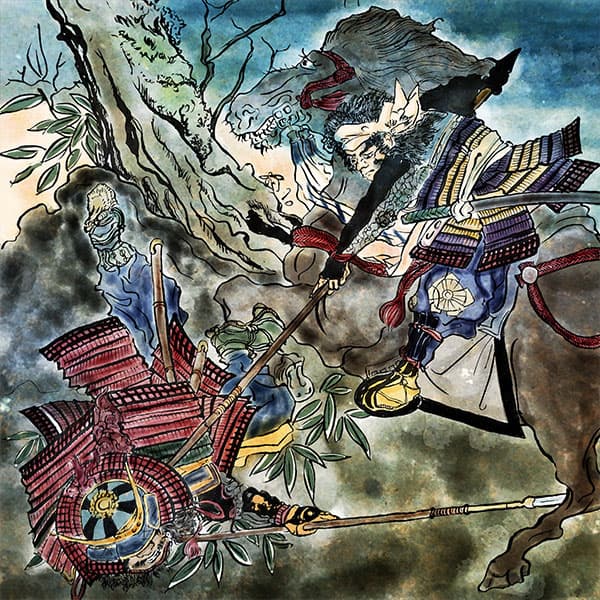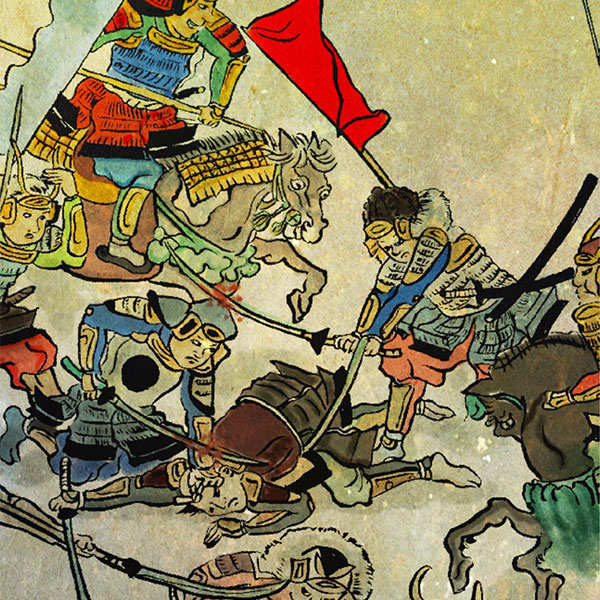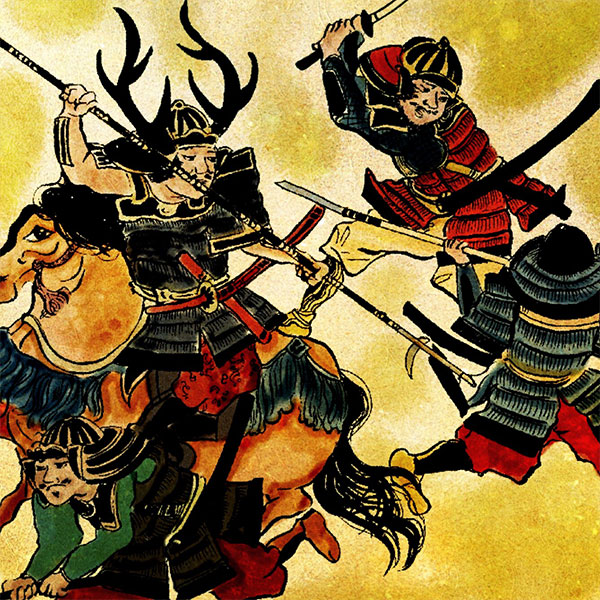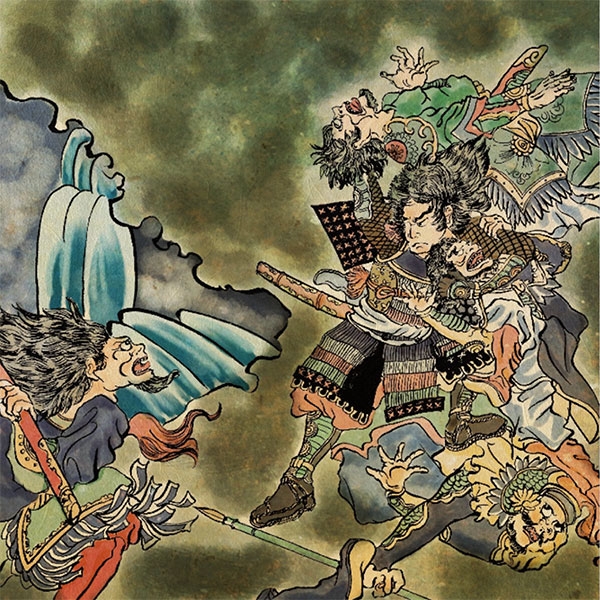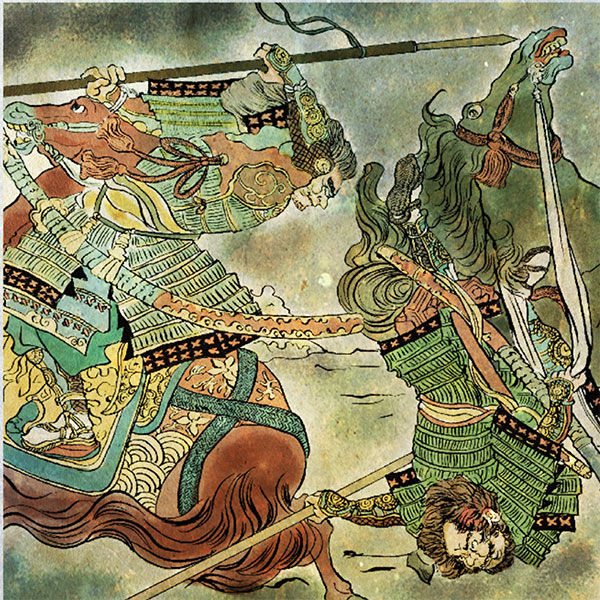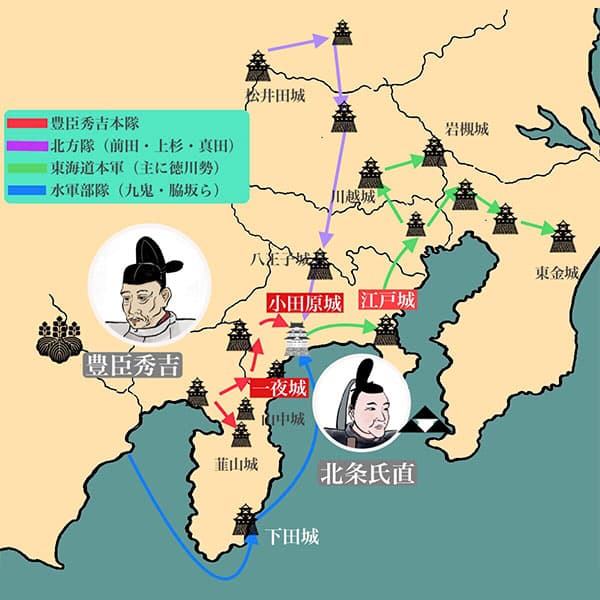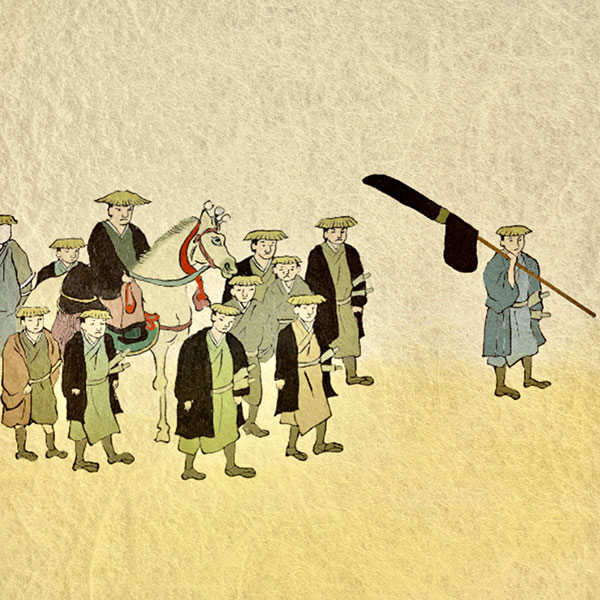Masanori Fukushima (1/2)Seven spears of Shizugatake
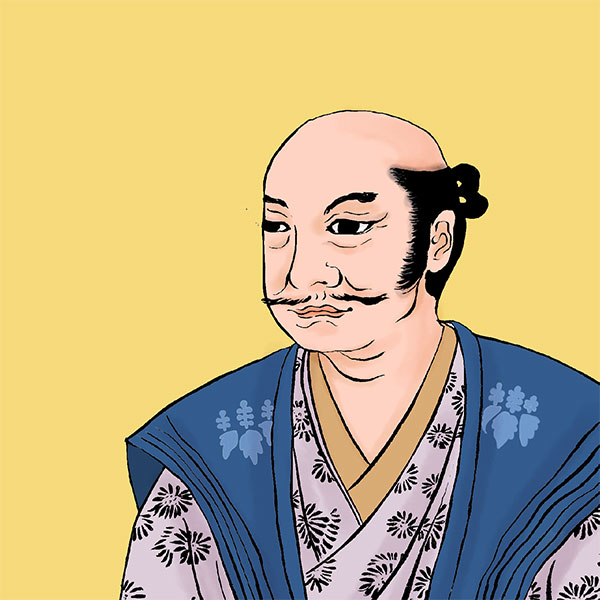
Masanori Fukushima
- Article category
- biography
- name
- Masanori Fukushima (1561-1624)
- place of birth
- Aichi prefecture
- Related castles, temples and shrines

Hiroshima castle

Kiyosu Castle
- related incident
During the Sengoku period, Toyotomi Hideyoshi was a military commander who became a ruler after Oda Nobunaga was defeated in the Honnoji Incident. Many young people served Hideyoshi as pages. These include Kiyomasa Kato, Mitsunari Ishida, and Masanori Fukushima. Masanori Fukushima was born in Owari Province and came to serve as a relative of Hideyoshi. He helped Hideyoshi unify the country and rose to become a daimyo. This time, we will explain the life of Masanori Fukushima, who served Hideyoshi and became a daimyo, and fought bravely at the Battle of Sekigahara.
Relationship with Hideyoshi and childhood
Masanori Fukushima was born in 1561 in Futatsudera Village, Kaito District, Owari Province (present-day Ama City, Aichi Prefecture). His childhood name was Ichimatsu, and he grew up under Masanobu Fukushima, who ran a coke shop (Masanobu was also his father-in-law).
His mother is said to be the younger sister of Hideyoshi Kinoshita (later Hideyoshi Hashiba, Hideyoshi Toyotomi)'s mother (Omandokoro), and Masanori and Hideyoshi were cousins separated in age. Due to this connection, Masanori became Hideyoshi's page and began to serve him when he became a boy.
In the 6th year of Tensho (1578), he made his first battle against Miki Castle in Harima and received a stipend of 200 koku. In 1582, Oda Nobunaga was killed by Akechi Mitsuhide during the Honnoji Incident. Hashiba Hideyoshi defeated Akechi Mitsuhide at the Battle of Yamazaki, avenging his master Oda Nobunaga. Masanori also gained 300 koku, bringing his total to 500 koku due to his military achievements such as attacking Shoryuji Castle. The young Masanori Fukushima fought bravely and grew up under Hideyoshi Hashiba.
Battle of Shizugatake and youth
After Hashiba Hideyoshi defeated Mitsuhide Akechi in the Battle of Yamazaki, a conflict began within the Oda family over leadership. In particular, Hideyoshi Hashiba, who defeated Mitsuhide Akechi, and Katsuie Shibata, who was the leader of the Oda clan, were at war.
In 1583, Hashiba Hideyoshi and Shibata Katsuie, who were in conflict, decided to fight. The Battle of Shizugatake. At this time, seven of Hideyoshi's page names, Masanori Fukushima, Kiyomasa Kato, Yasuharu Wakisaka, Katsumoto Katagiri, Nagayasu Hirano, Takenori Kasuya, and Yoshiaki Kato, fought very hard, and later became known as the ``Seven Spears of Shizugatake.'' now called. Masanori defeated Ieyoshi Haigo, the lord of Daishoji Castle in Kaga Province, who was an old supporter of Katsuie Shibata, and was given a territory of 5,000 koku (the other six were given 3,000 koku). Masu.
Hideyoshi Hashiba defeated Katsuie Shibata in this battle and solidified his supremacy. Masanori Fukushima went on to fight in the battles of Komaki and Nagakute, the attack on Negoro, the pacification of Shikoku, and the pacification of Kyushu, and in recognition of his achievements, he was given over 113,000 koku in Imabari, Iyo Province in 1587. He became a big name.
dispatch of troops to Korea
Masanori Fukushima went to sea as captain of the 5th division during the Korean invasion of troops that began in 1592. By the way, during this dispatch to Korea, an incident occurred at the Toyotomi family.
In 1595, Hideyoshi's nephew, Toyotomi Hidetsugu, was committed seppuku. At this time, Masanori was in Japan.
Masanori was ordered by Hideyoshi to go and convey Hidetsugu's order to commit seppuku. In the same year, Masanori Fukushima came to control Kiyosu, Owari Province, which had been ruled by Hidetsugu.
Furthermore, in the 3rd year of Keicho (1598), he was appointed chamberlain and received the official rank. However, in the same year, Toyotomi Hideyoshi, whom Masanori had been serving, passed away.
Feud with Mitsunari Ishida
After Toyotomi Hideyoshi died, conflict broke out within the Toyotomi family. Among the vassals of Toyotomi's family, there was a conflict between military factions such as Kato Kiyomasa and Fukushima Masanori, and literary factions such as Ishida Mitsunari, who provided administrative and logistical support.
During the dispatch of troops to Korea, the Mudan faction who was fighting on the ground was dissatisfied with the fact that the Bunji faction was not giving accurate reports to Hideyoshi. The conflict was managed by Toshiie Maeda, one of the Five Elders, but he died in 1599.
After Toshiie's death, the Mudan faction attempted to attack Ishida Mitsunari, who was considered the leader of the Bunji faction. Mitsunari Ishida escaped from the mansion before the attack from the armed forces. One of the Five Elders, Tokugawa Ieyasu, intervened and appeased the armed forces, forcing Ishida Mitsunari to retire and confine himself to his residence, Sawayama Castle.
In this way, Ishida Mitsunari was ousted from the central government, Kyoto and Osaka, and the armed forces were appeased to some extent, but their dissatisfaction with Mitsunari remained unresolved. Masanori Fukushima was particularly dissatisfied, and this tangle of relations continued into the Battle of Sekigahara.
Furthermore, during his lifetime, Toyotomi Hideyoshi forbade marriage between feudal lords. However, Tokugawa Ieyasu and Fukushima Masanori, who worked to mediate between the Mudan faction and the Bunji faction, became close friends. Ieyasu marries Mantenhime, the daughter of his half-brother (Yasumoto Matsudaira of the Hisamatsu Matsudaira family), to Masanori's child (Masayuki Fukushima, who adopted Masanori's older sister's child). In this way, the relationship between Fukushima Masanori and Tokugawa Ieyasu rapidly grew closer.
Battle of Sekigahara
In 1600, the Uesugi family of Aizu rebelled against the Tokugawa family. The Tokugawa family saw the actions of the Uesugi family as a rebellion against the Toyotomi family, and formed a subjugation army and headed for Aizu. Masanori Fukushima also led 6,000 soldiers. However, when they reached the Kanto region, Ishida Mitsunari rebelled against Tokugawa Ieyasu in Osaka.
- related incident

- WriterTomoyo Hazuki(Writer)I have loved history and geography since my student days, and have enjoyed visiting historical sites, temples and shrines, and researching ancient documents. He is especially strong in medieval Japanese history and European history in world history, and has read a wide range of things, including primary sources and historical entertainment novels. There are so many favorite military commanders and castles that I can't name them, but I especially like Hisashi Matsunaga and Mitsuhide Akechi, and when it comes to castles, I like Hikone Castle and Fushimi Castle. Once you start talking about the lives of warlords and the history of castles, there's a side of you that can't stop talking about them.



